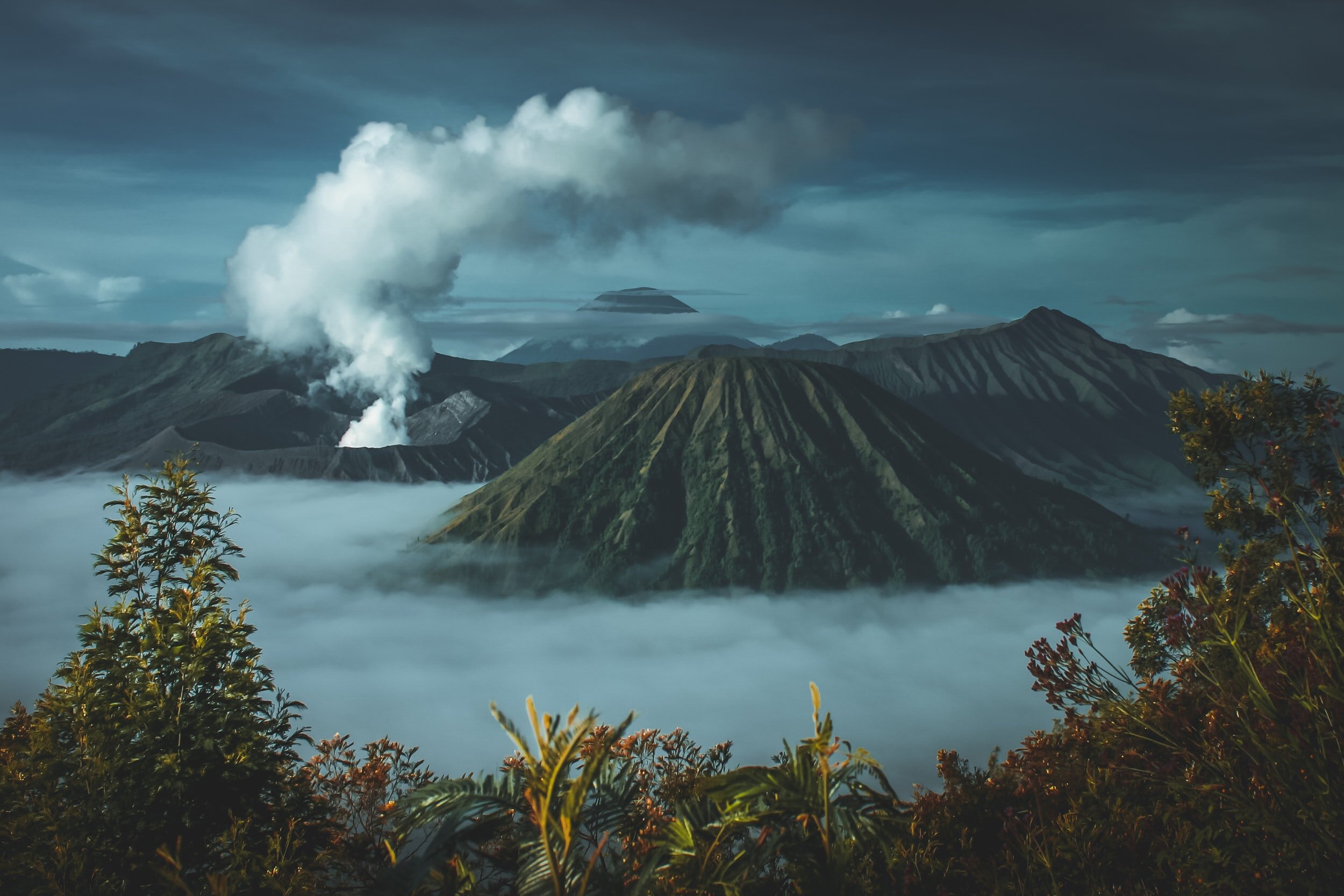Composition of the Atmosphere
The Earth’s atmosphere was very different from today’s - mostly carbon dioxide with very little oxygen. As plants evolved, levels of oxygen increased and carbon dioxide levels dropped. This enabled animal life to survive by using oxygen to release energy in aerobic respiration.
Proportion of gases in the atmosphere
Our atmosphere is mainly composed of four gases in the following proportions:
78% nitrogen
21% oxygen
0.9% argon
0.04% carbon dioxide
Over the past 200 million years, the composition of the atmosphere has been similar to what it is today.
Composition of the Earth’s early atmosphere
Theories about the formation of the Earth’s early atmosphere have changed over time. One reason for this is because it is difficult to know exactly what the early atmosphere was like as it was so long ago – 4.6 billion years have passed since the early atmosphere was formed so evidence for the early atmosphere is limited.
Nowadays, most scientists believe that the Earth’s early atmosphere was formed as a result of volcanic eruption. During the first billion years of the Earth’s existence, volcanoes frequently erupted, releasing gases from inside the Earth, such as carbon dioxide, water vapour, methane and ammonia. This intense volcanic activity increased levels of water vapour in the air, which eventually condensed to form the oceans as the Earth cooled. At the start of this period the Earth’s atmosphere may have been like the atmospheres of Mars and Venus today, consisting of mainly carbon dioxide with little or no oxygen gas.
After the oceans formed, some carbon dioxide from the air dissolved in the water to produce carbonates. These carbonates formed solid precipitates which collected in sediments at the bottom of the ocean. This process reduced the amount of carbon dioxide in the atmosphere.
How oxygen increased
When algae and green plants evolved and started photosynthesising (around 2.7 billion years ago), levels of oxygen in the atmosphere increased. This is because oxygen is a product of photosynthesis.
As more plant life evolved over the next few billion years, oxygen levels kept rising until it was high enough to support animal life. At this point, animals evolved which were able to use the oxygen for aerobic respiration.
Photosynthesis increased oxygen levels and decreased carbon dioxide in the Earth’s atmosphere
How carbon dioxide decreased
Carbon dioxide levels decreased between the formation of the early atmosphere and today’s atmosphere in two ways:
Plants used the carbon dioxide for photosynthesis
Some living material fossilised under high pressure, causing some carbon to be locked up in fossil fuels and sedimentary rocks
Did you know…
Lightning strikes can create ozone. The lightning splits the bond within nitrogen and oxygen molecules, splitting them into atoms. The oxygen atoms then react with oxygen molecules, forming O3, or ozone. Ozone has a distinctive smell, similar to chlorine, or cleaning products. You can smell it in laundry too. Little static sparks between clothes coming out of your drier act as miniature lightning bolts, producing just enough ozone to be detectable by its scent.
Next Page: Polluting Gases and Global Warming



